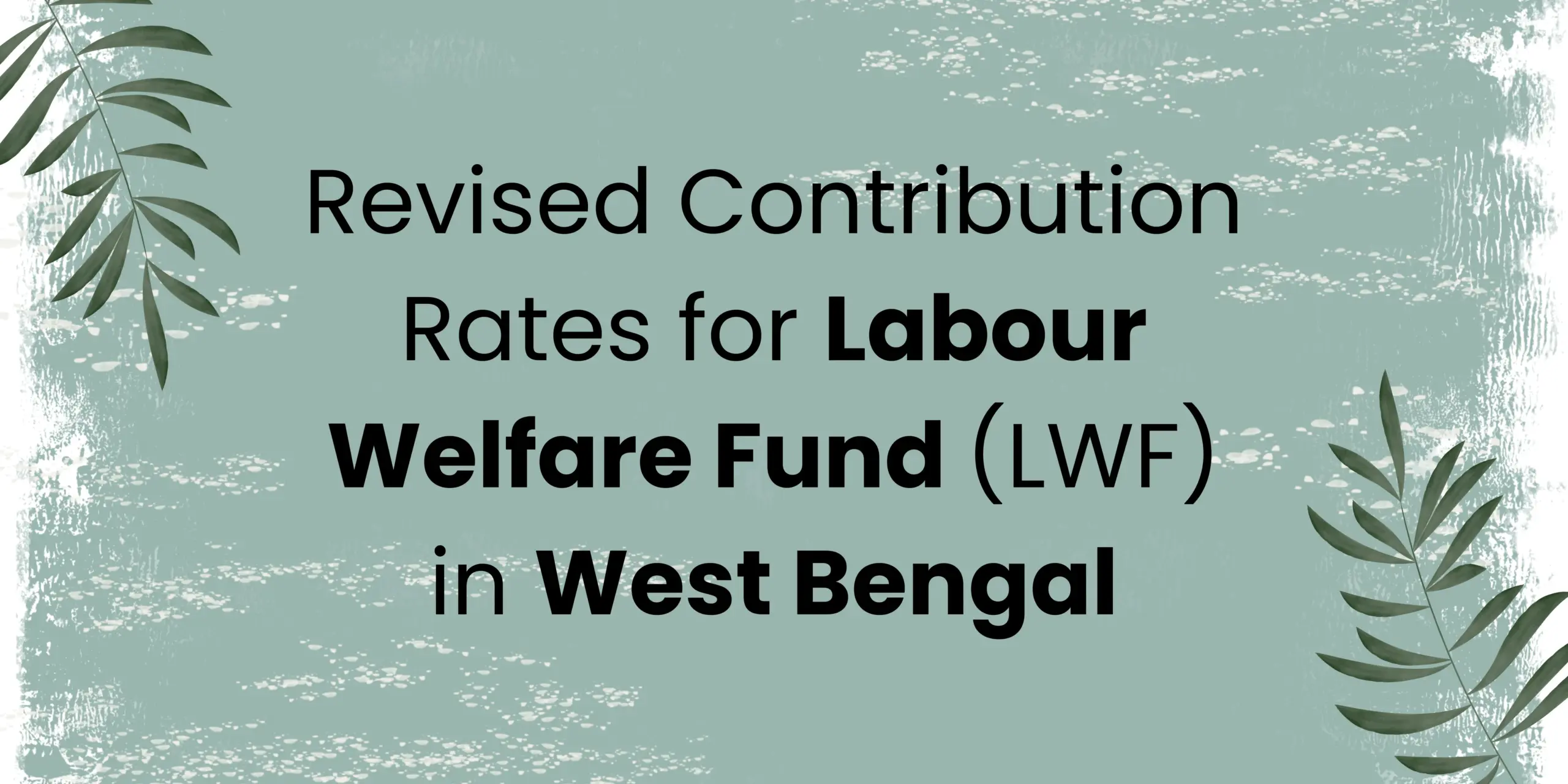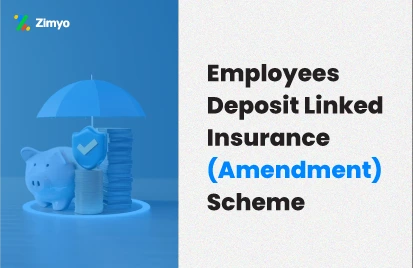There are a plethora of employee benefits ready to be provided to your staff out there. However, with so many possibilities, deciding which one to adopt in your company might be tough.
We’ve heard a lot of companies grumble about how difficult it is to find the perfect benefits program– and there’s hardly a single solution. To figure out the ideal employee benefits, you just need to know the business and its people.
We’ve compiled a list of factors that will help you choose the best employee benefits for your workforce.
How To Choose The Best Employee Benefits Program For Your Workforce?
First and foremost, it is important to ensure that the benefits you provide are appropriate for your employees as well as for your entire organisation.
It’s critical not to let your opinion be tainted only by your job position – or your persona – whether you’re choosing from an HR, payroll, or management level.
It’s virtually never a good idea to assume that the perks you want are what everyone else wants – remember, not everybody in the company will be in the same situation as you, so make an informed selection. Here are some factors that you need to consider while evaluating employee benefits.
Set Clear Goals
The first step toward creating a long-term employee benefits plan is to set clear goals and objectives. This will enable you to lay a strong foundation and know what exactly you want to achieve by implementing benefits programs. Consider a few factors such as the number of employees in the organization, age group of employees, locations, gender, and so on. When you set clear goals and objectives behind employee benefits, you see them more like a business strategy and review them time-to-time.
Create a strategy aligned with long-term business goals
Aligning your employee benefits program with the long-term business goals is another critical step in formulating employee benefit programs. This means implementing benefits that are meaningful for the employees. For instance, if an organization is looking to hire young, enthusiastic employees, you might want to introduce benefits like a learning module system to upskill the employees or provide flexible workplace benefits. This will not only help attract the right employees but also improve the current employees’ productivity.
Consider The Return On Investment
Clearly, your employee benefits cost will be a key factor; different benefits offer varied financial returns.
However, keep in mind that not every return on your investment will be this straightforward. Employee benefits can have a significant impact on employee retention and lowering the costs of hiring and training employees regularly.
Employee benefits can also help to improve health and well-being, which can lead to lower absenteeism. What returns do you want to see is one of the most crucial questions to ask yourself. What are you hoping to achieve as a result of your efforts?
Consider Your Company Type
The basic structure of your company will have a huge impact on how you give benefits to your employees. There are many benefit plans in the industry. However, the best benefit plans are the ones that make the perks you’d expect at a large company more approachable to SMEs.
Factors That Determine Employee Benefit Needs
After you’ve considered the organisation as a whole, the next stage is to consider the individuals who make up that organization. After all, they’ll be the ones who’ll be leveraging those benefits.
Physical Location Of Your Employees
People’s preferences for employee benefits are heavily influenced by where they live, where they work, and how they move between the two; especially when it comes to transportation benefits!
While commute incentives such as transportation allowances would be greatly appreciated by your in-office staff, the same may not be true for your remote employees. Flexible work schedules, internet allowances, and other benefits may appeal to your remote staff.
Employee benefits are popular in many industries. But adopting them only works if they are the right fit for your company!
Demographics
An organization consists of workers with different age groups and needs. Therefore, it is important to evaluate the make-up of the workforce to limit things down a bit, with a variety of benefits.
For example, senior employees are more likely to seek out health insurance or term insurance, while young employees are more willing to seek out training-related benefits. On the other side, Generation X — individuals between the ages of 35 and 50 – are searching for employee benefits that would provide them with more financial stability, such as employee personal loans.
Ensuring you have a set of employee benefits that are relevant at all phases of their lives is essential; otherwise, you risk leaving a large portion of your staff feeling abandoned. This will only add to the factors why they decide to quit your company.
Personal Preferences
One of the most significant determinants of what perks people will require is a single factor: children.
With child care vouchers no longer active, offering assistance to employees with childcare expenditures can make a significant impact. Providing them time away from traveling and perhaps working remotely might also help to reduce potential stress.
Another important factor to consider is ensuring that everyone has access to employee benefits that are appropriate for their family and financial conditions.
How to Find What Your Employees Want?
What is the best method for determining the best employee benefits for your employees? Why don’t you just ask them?
Employee surveys, group discussions, personal interviews, one-on-one meetings, and even polls on the final selections are all excellent approaches to learn what employees want as their ideal benefits.
It’s critical to include your people in the process. Whether you’re just getting the hang of what they want or giving them entire power over the decision, make sure to include them.
When you do, you can be confident that you’ve chosen perks that people want. This means that they’ll be more willing to use them. That is, at the end of the day, the most crucial factor!
Final Thoughts
Employee benefits are a fantastic way to establish a healthy work atmosphere. They also help you make sure that your workers have access to high-quality healthcare.
Don’t be hesitant to take some time out of your day to discuss employee benefits. Whether you’re employing new individuals, acquiring employee benefits for the first time, or simply need an update on what’s available, discuss!
Visit Zimyo for more insight on offering affordable and inclusive employee benefits.
Also Read: Role Of Employee Benefits In Motivating Your Employees






